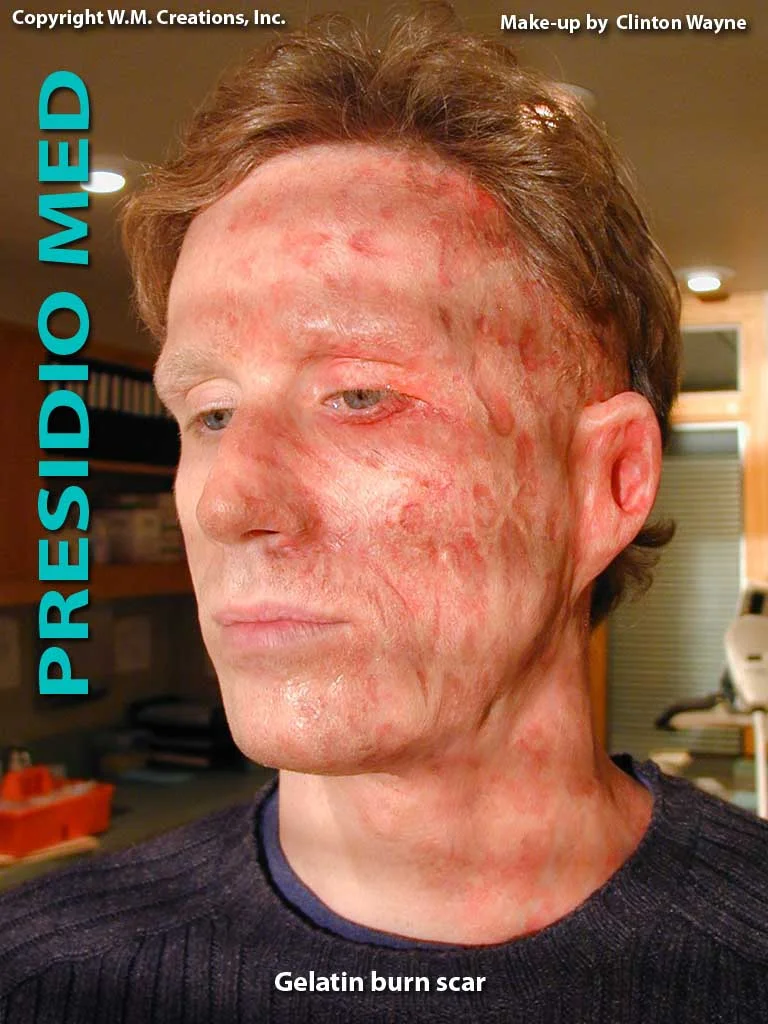

As water moves down hillslopes, and erosion adds sediment to After wildfire, reduced tree canopy interception, decreased soil infiltration due to soil-sealingĮffects (Larsen et al., 2009), and increased soil water repellency – especially in hyper-arid environments (MacDonald and Huffman, 2004) – increasesĮxcess surface water and on sloped terrains leads to overland flow (Stoof et al., 2012). Please read the corrigendum first before continuing.įollowing intense rainfall, areas with wildfire burn scars are more prone to flash flooding and runoff-generated debris flows than unburned areas Given the high-fidelity performance of our augmented version of WRF-Hydro, as well as its potential usage in probabilistic hazardįorecasts, we argue for its continued development and application in postfire hydrologic and natural hazard assessments.

Tool whose utility could be further extended via coupling to sediment erosion and transport models and/or ensemble-based operational weatherįorecasts.

We suggest that our regional postfire debris flow susceptibility analysis demonstrates WRF-Hydro as a compelling new physics-based With anomalously high catchment-area-normalized peak discharge correspond well with post-event field-based and remotely sensed debris flow The simulated burn scar area, median catchment-area-normalized peak discharge increases by ∼ 450 % compared to the baseline. Compared to theīaseline, our burn scar simulation yields dramatic increases in total and peak discharge and shorter lags between rainfall onset and peakĭischarge, consistent with streamflow observations at nearby US Geological Survey (USGS) streamflow gage sites. Triggered numerous debris flows within a wildfire burn scar in Big Sur – one of which destroyed California's famous Highway 1. Our simulations focus on January 2021 when an atmospheric river Reanalysis data to drive non-burned baseline and burn scar sensitivity experiments. We perform hindcast simulations using high-resolution weather-radar-derived precipitation and The Weather Research and Forecasting Hydrological modeling system (WRF-Hydro) to simulate both overland and channelized flows and assess postfireĭebris flow susceptibility over a regional domain. To accurately characterize and forecast debris flow susceptibility in burned terrains using physics-based tools remains limited. In steep wildfire-burned terrains, intense rainfall can produce large runoff that can trigger highly destructive debris flows. 10 Department of Biological Sciences, Purdue University, West Lafayette, IN 47907, USAĬorrespondence: Chuxuan Li Hide author detailsĬorrespondence: Chuxuan Li Received: – Discussion started: – Revised: – Accepted: – Published:.9 Program in Environmental Sciences, Northwestern University, Evanston, IL 60208, USA.8 Department of Earth and Planetary Sciences, University of California Santa Cruz, Santa Cruz, CA 95064, USA.7 Department of Civil and Environmental Engineering, Northwestern University, Evanston, IL 60208, USA.6 Global Systems Laboratory, NOAA, Denver, CO 80305-3328, USA.5 Cooperative Institute for Research in Environmental Sciences, University of Colorado Boulder, CO 80309, USA.4 Environmental Science Division, Argonne National Laboratory, Lemont, IL 60439, USA.3 Jet Propulsion Laboratory, California Institute of Technology, Pasadena, CA 91109, USA.2 Joint Institute for Regional Earth System Science and Engineering, University of California, Los Angeles, Los Angeles, CA 90095, USA.1 Department of Earth and Planetary Sciences, Northwestern University, Evanston, IL 60208, USA.


 0 kommentar(er)
0 kommentar(er)
